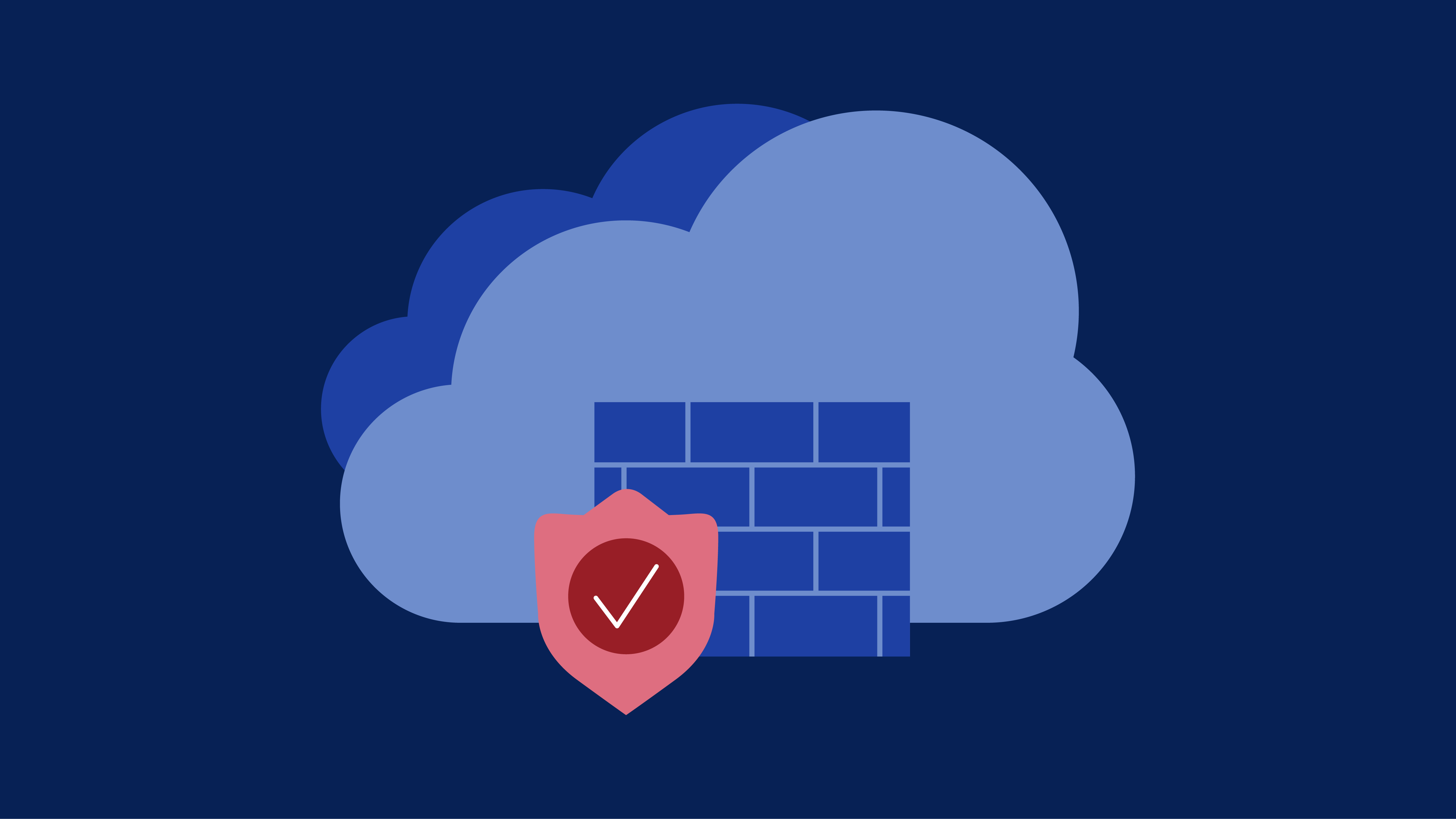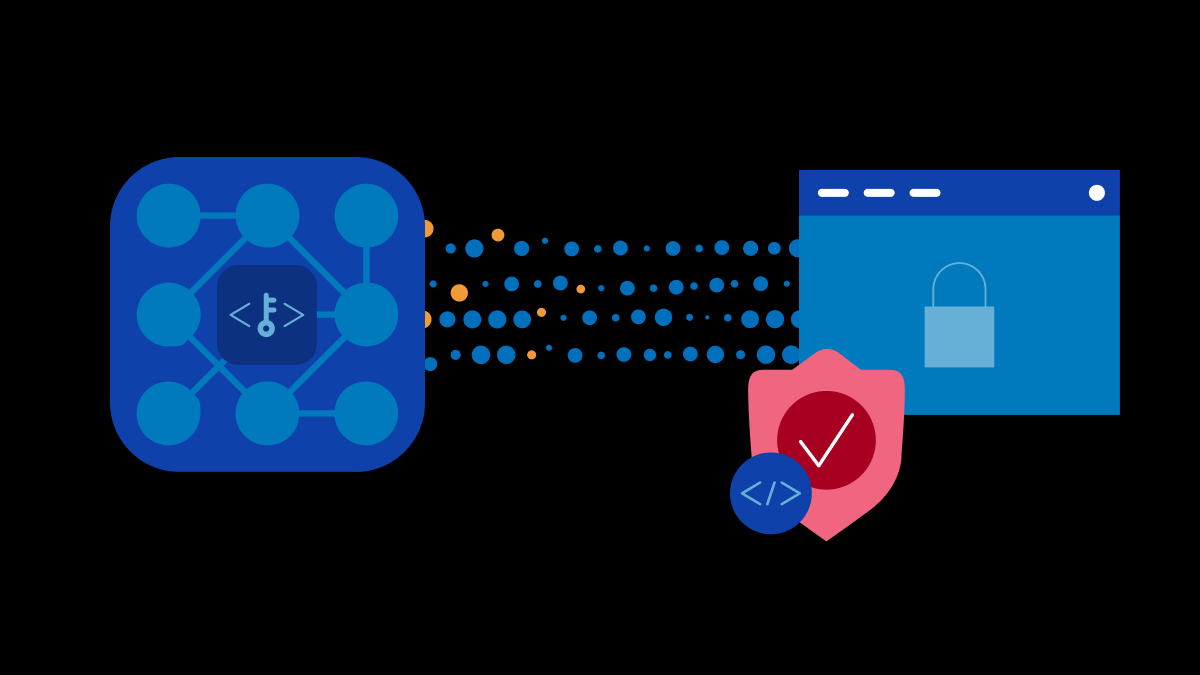F5 블로그
멀티클라우드 네트워킹, API 보안, 애플리케이션 서비스 및 디지털 혁신의 최신 동향에 대해 알아보세요.
추천 블로그 게시물
모든 블로그 게시물
모든 블로그 게시물
F5가 Google Cloud 성능을 최적화하고 보안을 강화하며 AI 프로젝트의 비용 효율성을 높일 수 있는 방법을 확인해 보세요.
공격자의 시각에서 API 보안을 바라보면 조직이 무엇을 배울 수 있는지 궁금하신가요? 블로그 글을 읽고 직접 확인해 보십시오.
F5가 AI 시스템을 위한 적응형 가드레일을 어떻게 정의하고 구축하는지 알아보세요
새로운 AI 보안 지수를 확인하고 AI 보안의 최신 트렌드를 발견하세요.
AI를 확장하려면 추론 역량을 확장해야 합니다. 프로덕션 AI 작업에서 성능, 원격 측정, 보안을 관리하려면 추론 서버가 왜 필수적인지 알아보세요.
F5가 Amazon EKS에서 지능형 분산 AI 워크로드 보안을 구현하는 방식을 확인해 보세요. 성능을 높이고, API를 보호하며, AI 관련 사이버 위협에 대응하세요.
F5의 이언 라우스가 최근 F5 글로벌 파트너 에코시스템 부문 부사장인 리사 시트론과 만나 CalypsoAI 인수가 F5 파트너에게 제공하는 다양한 기회를 논의했습니다. 두 사람의 대화를 확인해 보세요.
NVIDIA BlueField-3 DPU의 BIG-IP Next for Kubernetes 2.1이 빠르고 안정적이며 최적화된 AI를 위한 지능형 부하 분산과 프로그래밍 가능성을 어떻게 제공하는지 확인해 보세요.
엑스트라넷을 현대화하세요. F5와 Equinix가 전통적인 네트워크 복잡성을 제거하고, 반복 가능하며 안전하고 확장 가능한 파트너 연결을 어떻게 제공하는지 확인해 보십시오.
애플리케이션 취약점의 규모와 복잡성이 빠르게 커지고 있습니다. 왜 사전 예방적이고 다층적인 보안 테스트가 필수적인지 확인해 보세요.


